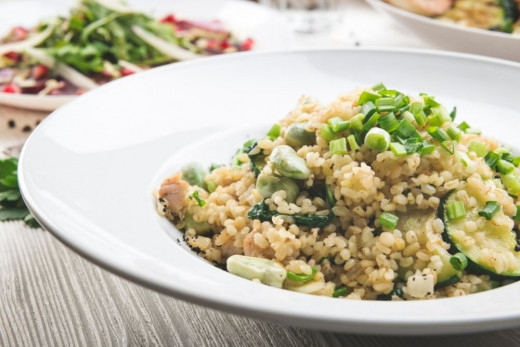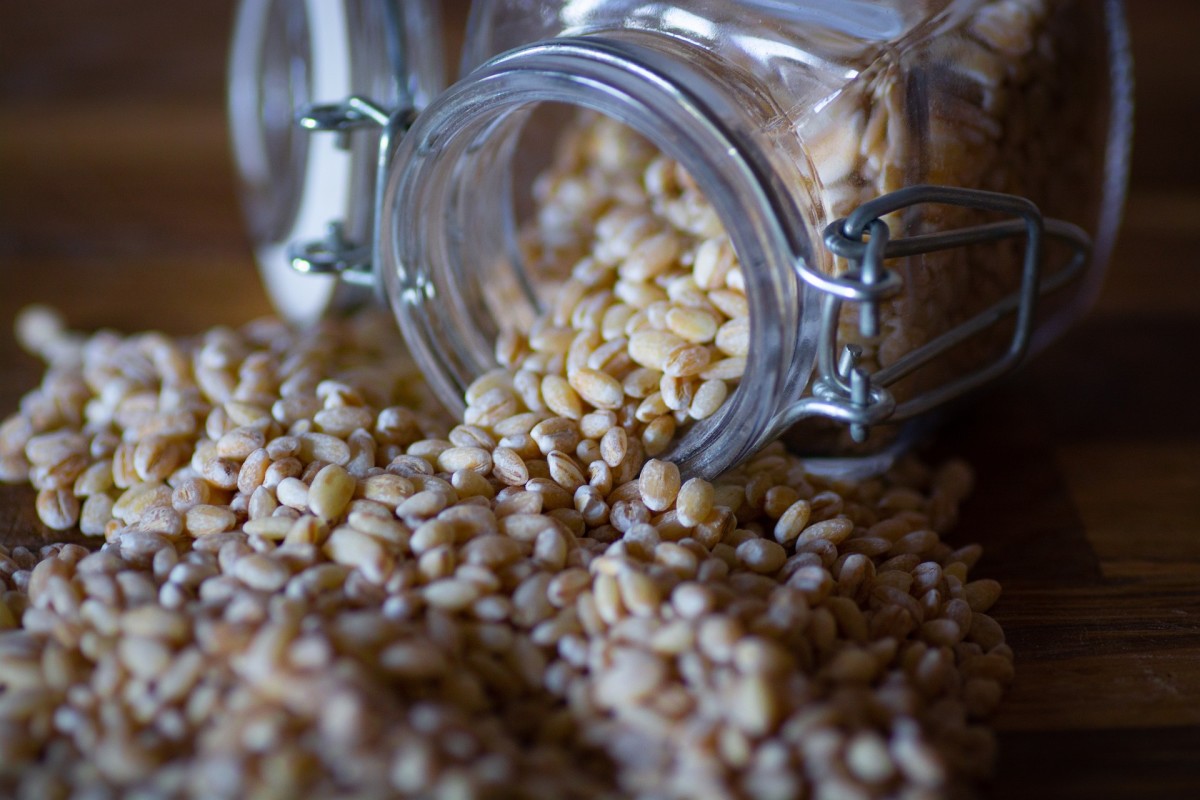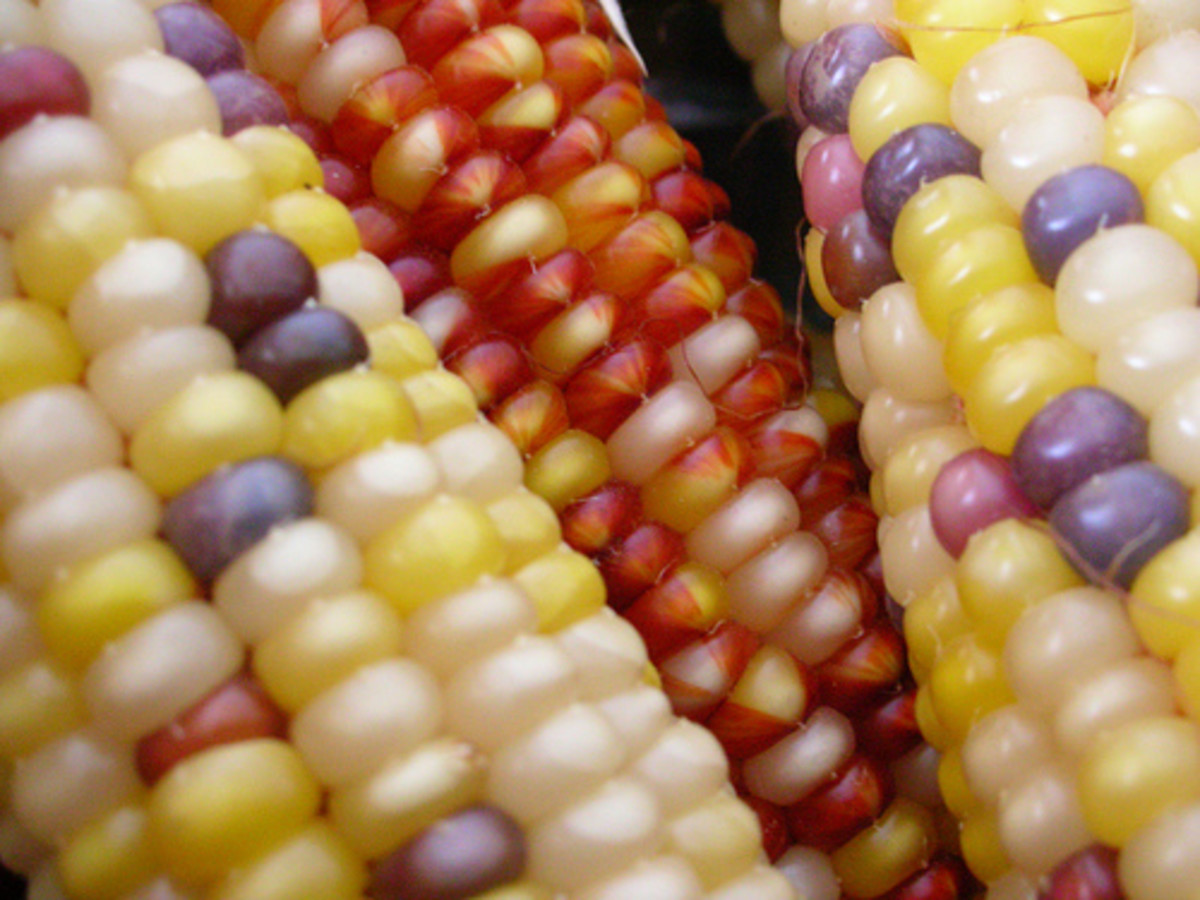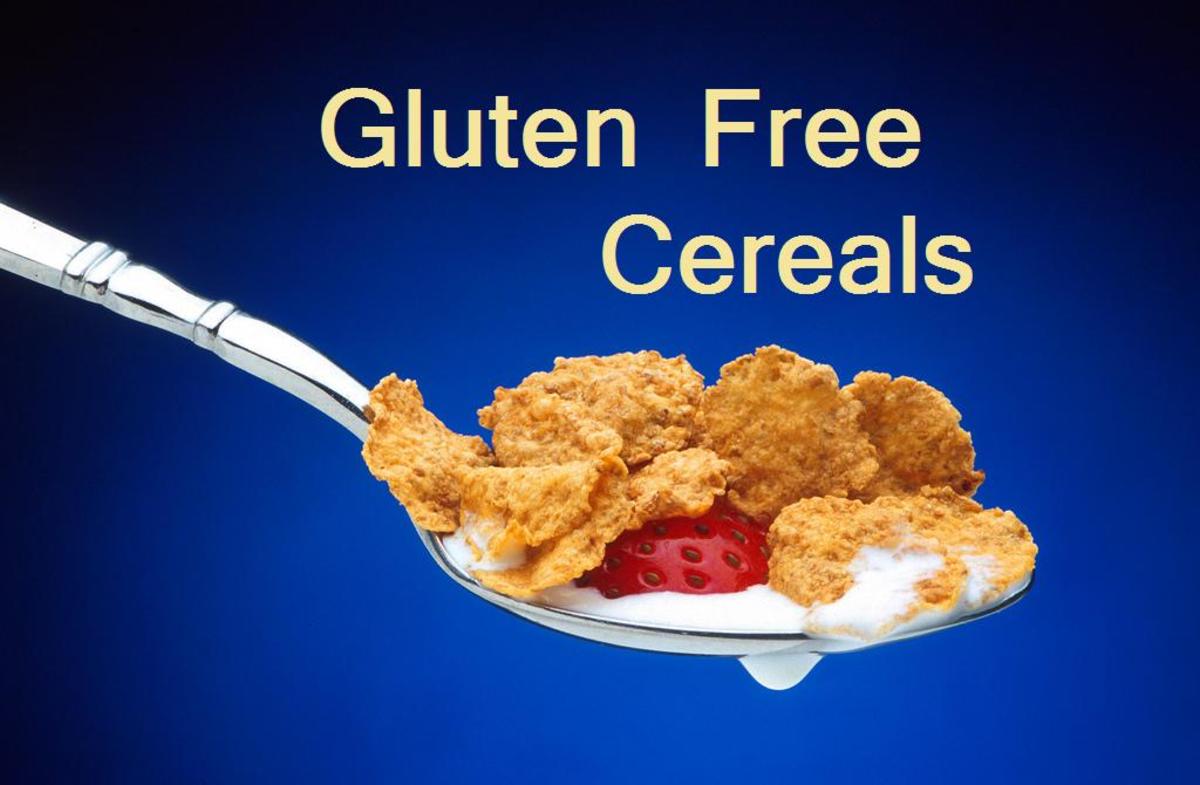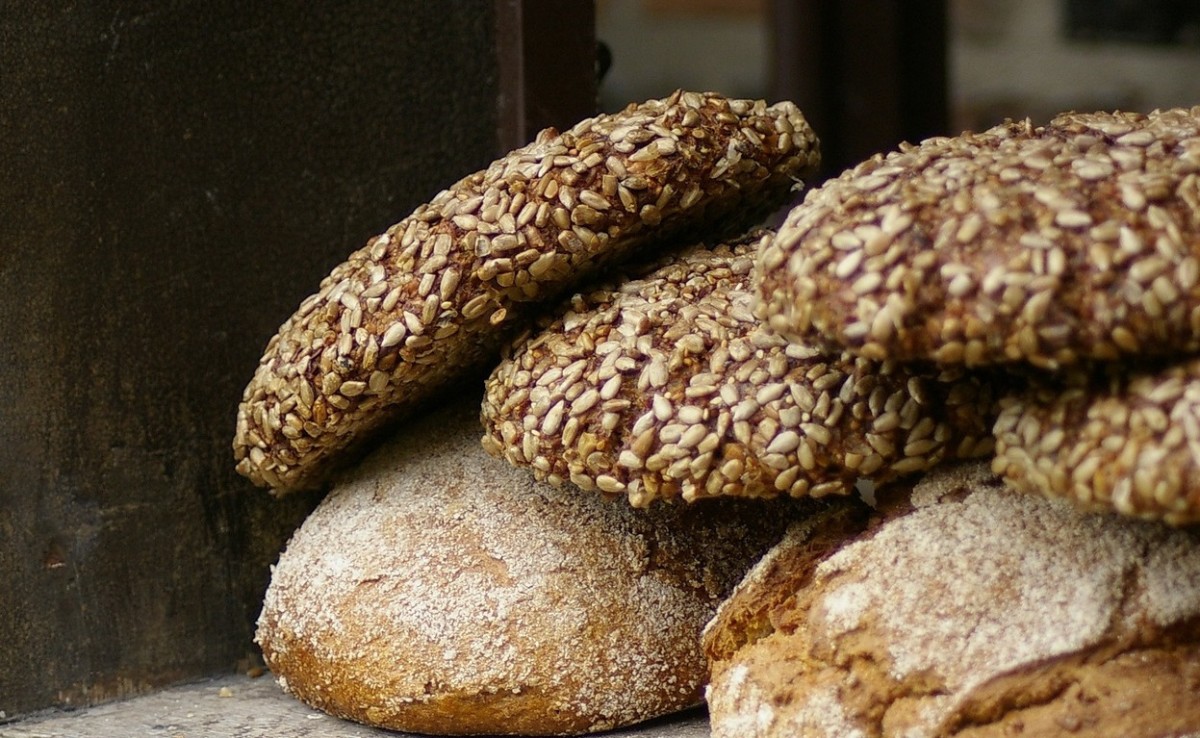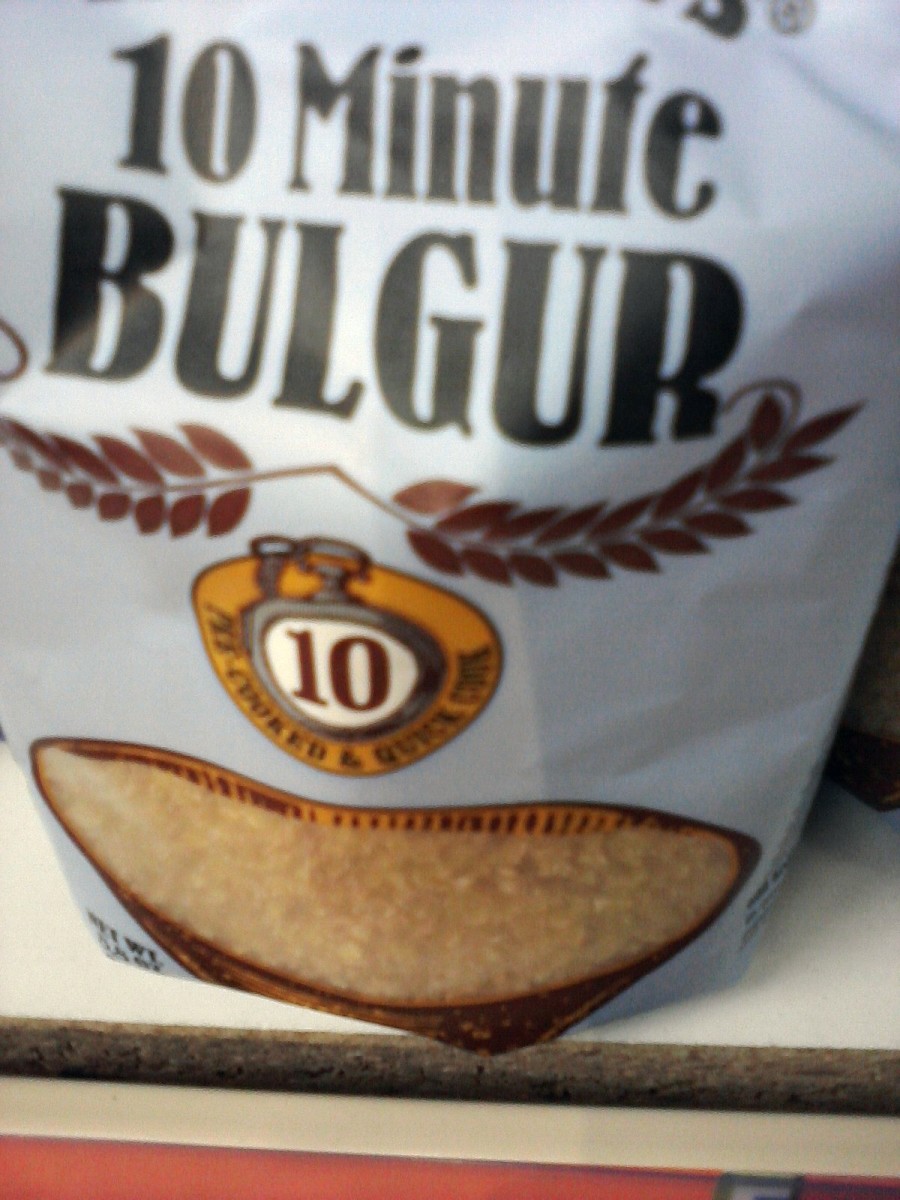Rice is Nice
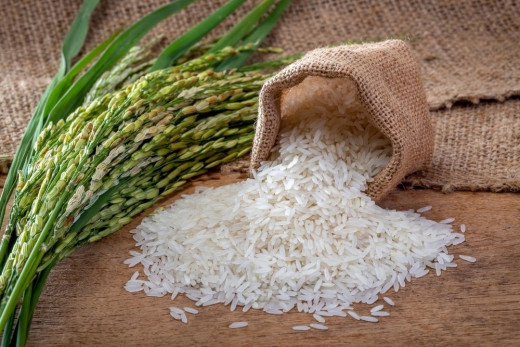
A Little History of Rice
Rice is a cereal grain and a member of the grass family.
It is one of the most important food staples in many Asian, Latin American, and Middle Eastern countries.
After corn, rice is the second-highest worldwide crop.
Rice has been cultivated for centuries and is well suited to regions with heavy rainfall and can be grown anywhere including steep hills.
Rice originated in South Asia and parts of Africa but has been traded worldwide.
Farmers will flood their fields and then plant young seedlings.
Growing in water allows the plants to be free of animals and bugs that aren’t adaptable to water.
Rice does not have to be grown in water, but this method allows for less weeding and pest control.

It is not really known when rice cultivation began however there is some evidence that rice started along the Yangtze River in central China and probably dates back over 10,000 years.
There are many types of rice found in the local supermarket including white, Basmati, Brown, Inari, wild, and Jasmine.
Rice can also be made into wine, syrup, and puffed for breakfast cereal.
Little Known Fact: Sticky rice, a staple in many modern Asian dishes, was also the secret ingredient in super-strong mortar used in China some 1,500 years ago, a new study suggests.
How To Cook The Perfect Rice - Gordon Ramsay
Rice Cooker

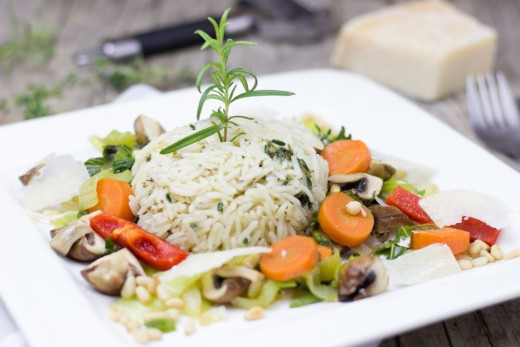
Rice Cookbook

How to Cook Rice
Cooking rice is fairly simple and can be either cooked in a pot on the stove or in a rice cooker.
Basically, you will need 1 1/2 cups of water for every cup of rice. Bring the water to a boil in a saucepan and stir in the rice to make sure it doesn’t stick to the bottom of the pot.
Cover the pot with a tight-fitting lid and reduce to heat to very low. Let simmer for 15 or 20 minutes (check the instructions on the bag the rice came in).
Don’t remove the lid during cooking as this will release the steam which is how rice is cooked.
When it is ready, remove the lid and fluff the rice with a fork.
1 cup of rice will make about 3 cups of cooked rice.
Pecan Rice
1 cup uncooked rice
1 onion, finely chopped
3 tbsp butter or margarine, divided
1 red or green pepper, cut into thin strips
1 cup coarsely chopped pecans
2 tbsp chopped fresh parsley
¾ tsp salt, divided
In pot over high heat combine rice with 4 cups salted water. Bring to a boil. Reduce heat to medium heat; simmer, uncovered, until rice is tender, about 15 minutes. Meanwhile, in large skillet over medium heat melt 2 tbsp butter. Sir in pecans and ¼ tsp salt. Cook, stirring occasionally, until pecans are slightly brown; remove and set aside. Drain rice if necessary. In same skillet melt remaining butter over medium heat. Add onion and pepper; cook, stirring, until vegetables soften, about 10 minutes. Stir in rice, toasted pecans, parsley and remaining salt until well combined and heated through, about 1 minute. Makes 4 servings.
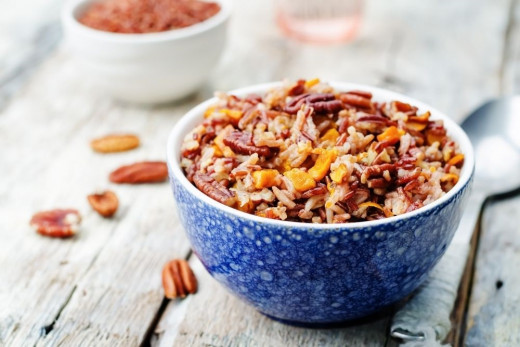
The Many Varieties of Grains
There are many varieties of grains and they come from many countries around the world. Here is a list of some of the better know grains:
Barley: After wheat, rice, and corn, barley is the most important cereal crop in the world.
Corn: In addition to rice and wheat, corn is one of the three most important grain crops in the world.
Farro: is an ancient Italian grain that is similar in taste to barley.
Flaxseed: Flax is a plant native to Europe and Asia that is grown for its fiber or its seeds.
Kamut: is a brand name for an ancient Egyptian grain that is closely related to durum wheat and is often considered a specialty grain.
Millet: is a variety of related plants bearing small seeds used as a grain.
Oats: The oat plant thrives in temperate climates, preferring cool, moist conditions and it is able to grow in areas where other important cereal grains, such as wheat and corn, do not grow well.
Quinoa: is not a true grain, but the seeds are used as one. The plant is part of the same botanical family as beets.
Rye: is the one of most widely used grains in many of the northern and eastern European countries including much of Scandinavia and Russia, due in part to the cool climate, which is not suitable for growing wheat.
Sorghum: is a cereal plant that is native to Africa, but is cultivated in many parts of the world.
Spelt: is an ancient cereal grain related to modern wheat that originated in southern Europe.
Teff: is a type of grain cultivated in Ethiopia where it is a staple food crop.
Triticale: is a high protein man-made grain produced by crossbreeding wheat and rye for the intended purpose of duplicating the protein and bread-making merits of wheat and the durability and high lysine content of rye.
Wheat: In addition to rice and corn, wheat is one of the three most important grain crops in the world.
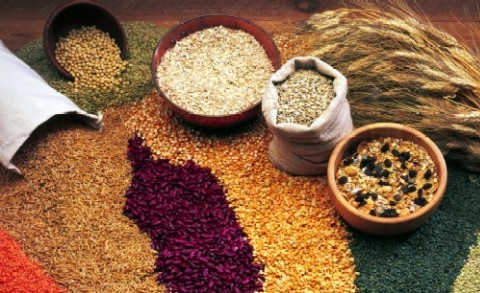
Millet, An Ancient Grass
Millet is a small seed grain and is often used for food as well as fodder for animals. Millet has been cultivated in East Asia for over 10,000 years and belongs to the grass family.
Evidently, there is some evidence that millet at one time was cultivated more than rice, especially in northern China and Korea.
A 4,000-year-old bowl was discovered in an archaeological site in China that contained well-preserved noodles that were made from millet.
Millet was also cultivated in Japan sometime after 4,000 BC. Millet is a popular grain to grow as it is drought resistant.
How to Cook Millet:
In a medium saucepan, bring 1 1/2 cups of water to a boil over medium-high heat. Stir in 1/2 cup of millet, cover, reduce the heat, and simmer until the water is absorbed 20-30 minutes.
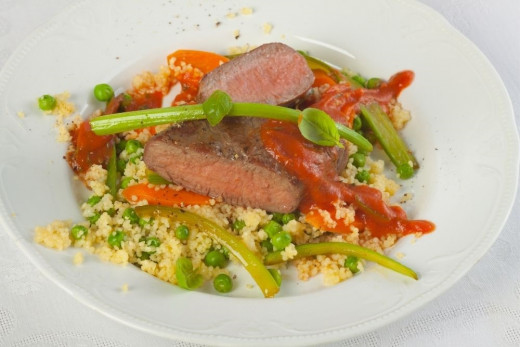
Couscous
Are you tired of mashed potatoes, rice, or noodles as a side dish? Here’s something different to try: couscous.
It’s easy to cook and can give an exotic flavor to your next meal. Couscous is a staple in North Africa in such countries as Algeria, Morocco, and Tunisia.
It is a great accompaniment with vegetables, fish, or meat.
Couscous is cooked in a traditional vessel called a couscousiere. It is a kind of double boiler where other food is cooked in the bottom of the pot and the couscous is steamed in the top pot.
The most common type of couscous found in North American supermarkets is instant couscous.
You might not find instant listed on the box but it is a quick-cooking grain made by moistening and forming semolina into fine granules, steaming, and then drying them.
It is very easy to prepare. All you do is add the couscous to boiling water or stock, cover tightly, remove it from the heat and let it sit for five minutes.
Fluff with a fork and serve. Other ingredients can be added as it cooks to create a side dish.
Popular additions include pine nuts, olives, roasted peppers, and basil.
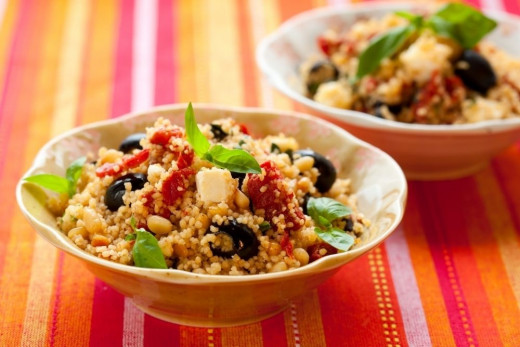
Grain Cookbooks

Barley
Barley is an amazing versatile cereal grain. It has a rich nutlike flavor with a pasta-like consistency.
Sprouted barley contains a sugar, maltose, which can serve as a sweetener. Fermented barley is an ingredient in beer making.
Barley is great in stews and casseroles, especially on a cold winter night.
Barley has a number of health benefits including building intestinal health. It provides good dietary fiber that supports friendly bacteria in the large intestine.
In studies, it has been shown to decrease the amount of cholesterol manufactured by the liver.
It is very beneficial for people with heart disease since barley helps the body to produce more bile to break down cholesterol.
The fiber in barley is great for people with diabetes as it helps to prevent rises in blood sugar levels.
One of my favorite ways to cook barley is to add it to brown rice.
Rinse 1/2 cup brown rice and 1/2 cup of pot barley under cold water. In a saucepan bring water to boil; stir in rice and barley.
Cover and reduce heat; simmer for 40 minutes or until water is absorbed and rice is tender.
This is a great side dish for chicken or meat.
